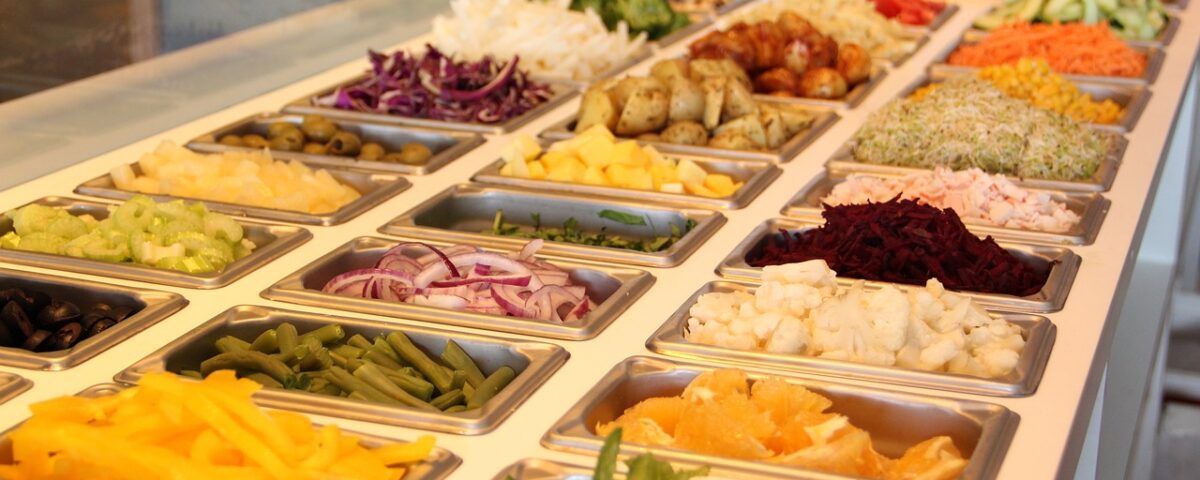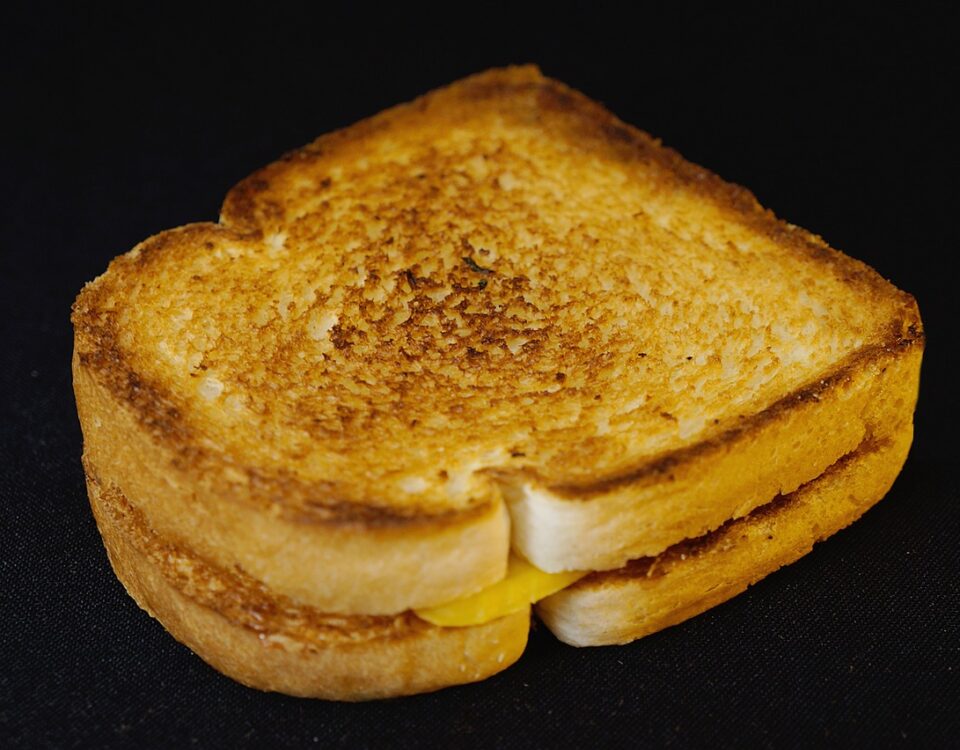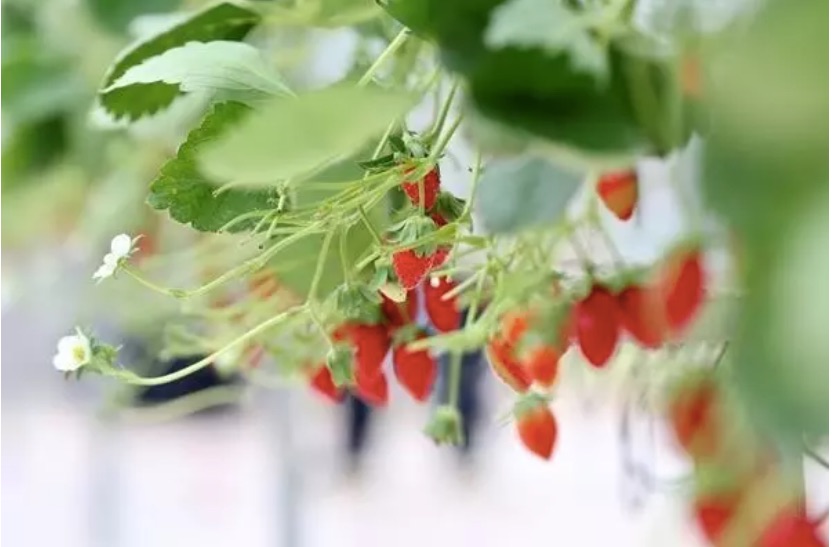
The Easiest Way to Keep a New Year’s Resolution
January 2, 2018
Using Time to Choose Your Coffee Shop
January 4, 2018The writers at Refinery29 recently suggested how to save money at the Whole Foods salad bar. After all, at $8.99 a pound, the salad bar could get expensive.
What they bought, though, was not what an economist would select.
Salad Bar Value
Sometimes a salad bar is about much more than lunch. It can also be about value. We just need to compare the salad bar to the produce aisle (and elsewhere).
Let’s start with one of Refinery29’s salad bar lunch lists:
1. Arugula
2. Peas
3. Farro
4. Green Beans
5. Walnuts
6. Dried Cranberries
7. Raspberries
8. Feta
9. Olive Oil & Balsamic Vinegar
The arugula immediately created a problem. Their goal was to make “a hefty bed of greens” because they weigh next to nothing. However, most salad greens, bought separately, cost much less than $8.99 a pound. At my local Whole Foods, a bunch of arugula is $3.49. Spinach and kale could be between $5 and $6 a pound. And, at $2.49 a pound, the green beans were much cheaper. Even the dried cranberries and the walnuts, per pound, are approximately $5.99. And, I am sorry to say that feta is a relatively inexpensive cheese.
You can see where this is going.
If you want value, then select items that would cost more than $8.99 a pound or make your own lunch.
Yes? As economists we have one more consideration.
Our Bottom Line: Opportunity Cost
The opportunity cost of a decision is the next best alternative. It is what you did not do. For a salad bar lunch, let’s assume the opportunity cost is making your own less expensive salad.
Good for making any decision, the following opportunity cost chart forces us to recognize the benefits we sacrifice and the benefits we gain when we make a decision. You can see below that selecting the salad bar means we sacrifice value and gain time. By making the salad, the cost is shopping and chopping and prep time but we get value. Which cost do you prefer?
So maybe Refinery29 was right after all?
My sources and more: Thanks to Thrillist and Refinery29 for looking at Salad Bar economics. The original idea, though came from Adam Davidson and his long ago NY Times Magazine column. (Now I follow him at The New Yorker.)
![econlifelogotrademarkedwebsitelogo[1]](/wp-content/uploads/2024/05/econlifelogotrademarkedwebsitelogo1.png#100878)






1 Comment
Next step of salad bar economics: what happens when more and more customers takes these considerations into account and either pick more of the expensive stuff in the salad bar or make their own lunch? Well, perhaps we get a situation that looks a little like the lemons problem described by Akerlof (though I guess this is not a problem caused by asymmetric information). When the profits for the company go down, they will raise prices which further incentivises people to pick even more expensive stuff or to leave the salad table.